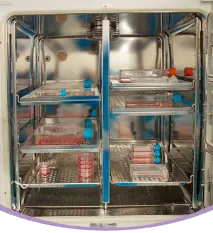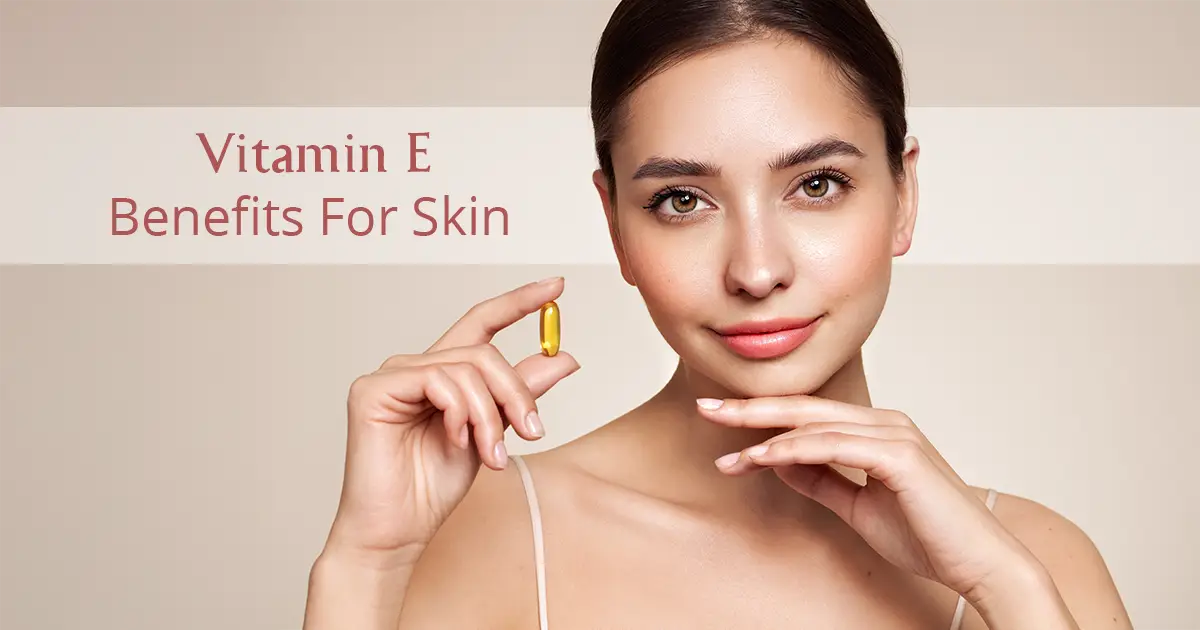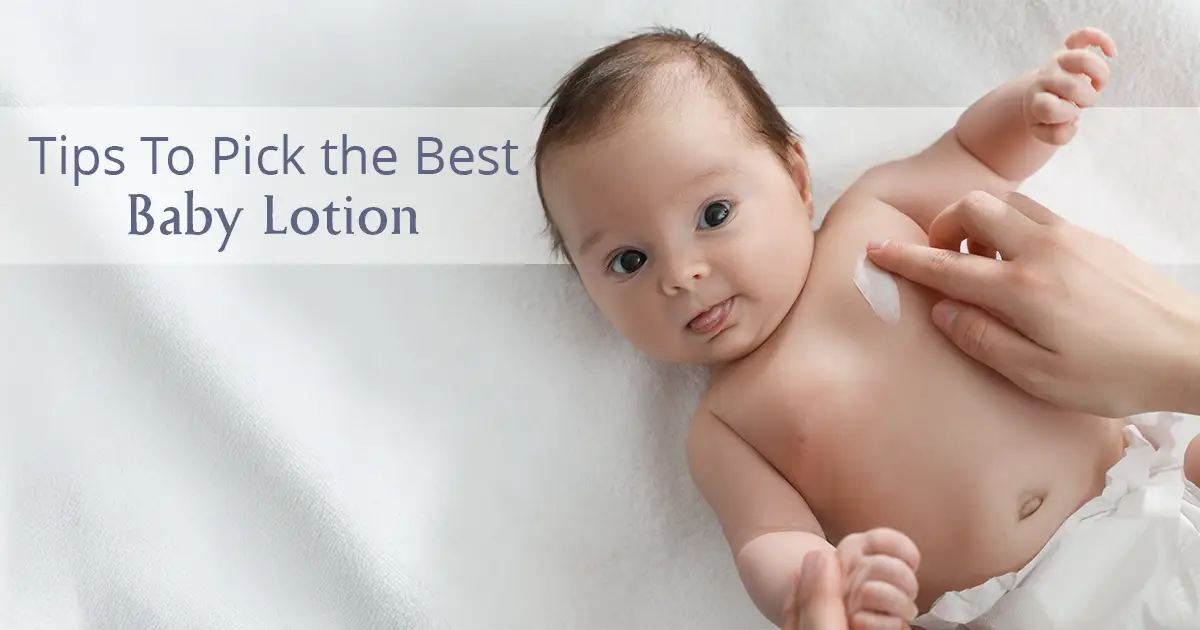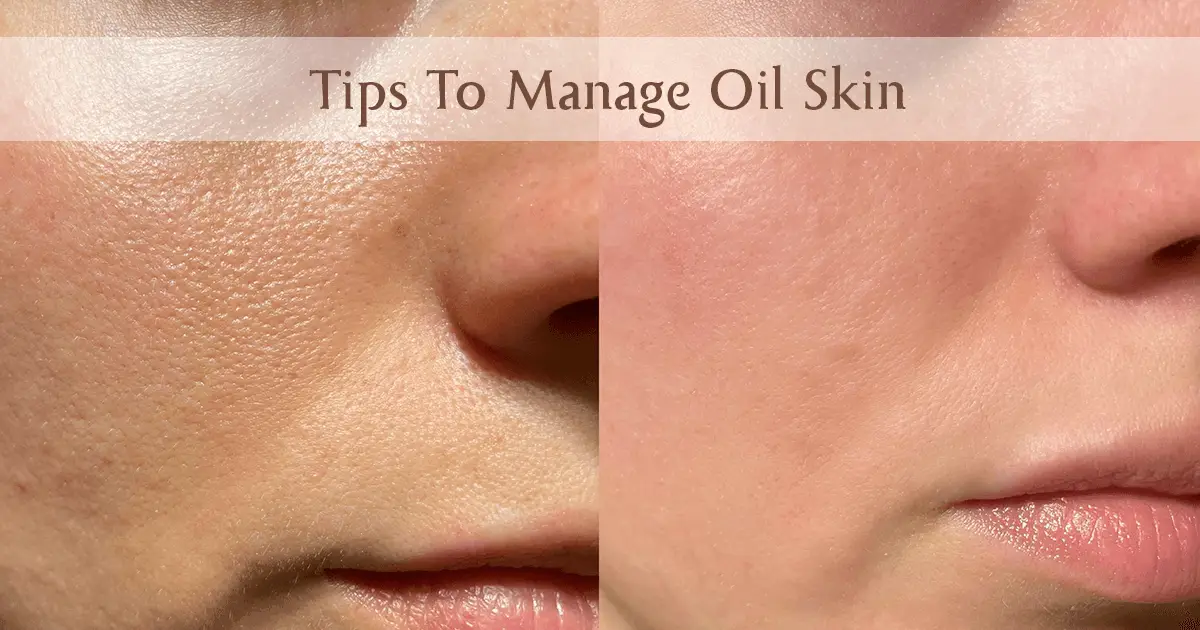
Anti-dandruff

What Is Malassezia furfur & Why We Use Them?
How We Test The Anti-dandruff Property Of Our Products?

Bacterial Plating

The first step involves introducing an inoculum (fungal component to initiate infection) of Malassezia furfur into a culture plate with solidified agar gel containing a sufficient supplyof nutrients and vitamins to aid growth & replication. Next, the inoculum is spread evenly on the agarose plate.

Calculating The Initial Pathogenic Population Count

Next, the initial population count for Malassezia furfur in the test product is calculated by diluting the solution from the respective containersand culturing it on an agar plate (solidified gel base containing essential growth nutrients). The pathogen is then allowed to grow under appropriate lab conditions.

Tracking The Growth Of Challenge Micro-organisms

Similar to the last step, the population count for the challenge microorganism is calculated by the cell plating method at different intervals of time.After each time duration, the concentration of the pathogen should reflect a steady decline as the test product works against them.
What's The Final Result?
Pick From Our Range Of Tested Anti-dandruff Products Now
Blog
Product Related Topics







